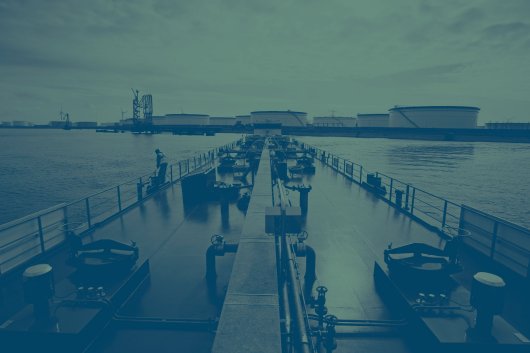Explosion at fuel oil-producing refinery
Blast at Kirishi oil refinery near St Petersburg. Production unaffected.
An explosion at SurgutNefteGas's Kirishi oil refinery near St Petersburg left one person dead and others injured, but production at the plant was unaffected, the regional emergency ministry said.
The blast at the key refinery took place at 2.24 a.m. Moscow time. One person died in the fire which followed the blast and four others were hospitalized with severe burns and other injuries, a health official said.
The explosion destroyed the compressor station and damaged other facilities in the refinery. The plant accounts for approximately 30 percent of Russia's low-sulphur fuel output, which is mainly consumed in northwestern Russia and exported to Western and Eastern Europe.
Cleanup work is being carried out at the site. The industrial safety regulator Rostekhnadzor and local prosecutors are investigating the explosion, which is thought to have possibly been caused by technical failure according to sources at the regional prosecutor's office.
The explosion is the second incident at the Kirishi oil refinery this year. A fire in February, which was reported to have been caused by unauthorized welding, covered an area of approximately 400m2. Nobody was killed or injured in the blaze.
Sources at the refinery say that production has not been affected by the explosion this morning. The 400,000 barrel-per-day facility is Russia's largest export refinery. Known as Kinef or Kirishinefteorgsintez - an acronym for Kirishi petroleum organic synthesis - the refinery is located only 320 km from the Estonian border, making crude or fuel oil shipments to European refineries cheap because of low transport costs.
Being the only refinery in northwestern Russia, Kirishinefteorgsintez also produces fuel oil for the St Petersburg bunker market.
This month the Kirishi refinery completed maintenance work on its distillation unit, which had led to a reduction in output of approximately 20 percent during the six-week revamp.
The blast at the key refinery took place at 2.24 a.m. Moscow time. One person died in the fire which followed the blast and four others were hospitalized with severe burns and other injuries, a health official said.
The explosion destroyed the compressor station and damaged other facilities in the refinery. The plant accounts for approximately 30 percent of Russia's low-sulphur fuel output, which is mainly consumed in northwestern Russia and exported to Western and Eastern Europe.
Cleanup work is being carried out at the site. The industrial safety regulator Rostekhnadzor and local prosecutors are investigating the explosion, which is thought to have possibly been caused by technical failure according to sources at the regional prosecutor's office.
The explosion is the second incident at the Kirishi oil refinery this year. A fire in February, which was reported to have been caused by unauthorized welding, covered an area of approximately 400m2. Nobody was killed or injured in the blaze.
Sources at the refinery say that production has not been affected by the explosion this morning. The 400,000 barrel-per-day facility is Russia's largest export refinery. Known as Kinef or Kirishinefteorgsintez - an acronym for Kirishi petroleum organic synthesis - the refinery is located only 320 km from the Estonian border, making crude or fuel oil shipments to European refineries cheap because of low transport costs.
Being the only refinery in northwestern Russia, Kirishinefteorgsintez also produces fuel oil for the St Petersburg bunker market.
This month the Kirishi refinery completed maintenance work on its distillation unit, which had led to a reduction in output of approximately 20 percent during the six-week revamp.
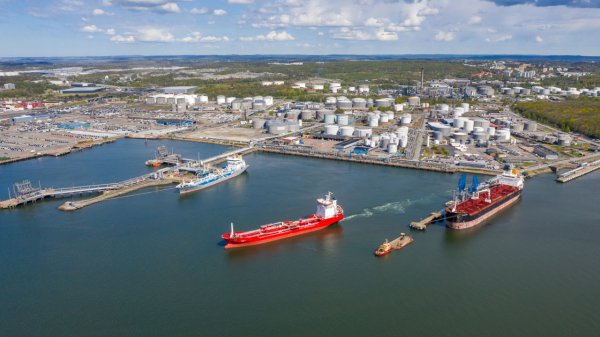
|
Swedish biomethane bunkered in Gothenburg
Test delivery performed by St1 and St1 Biokraft, who aim to become large-scale suppliers. |
|
|
|
||
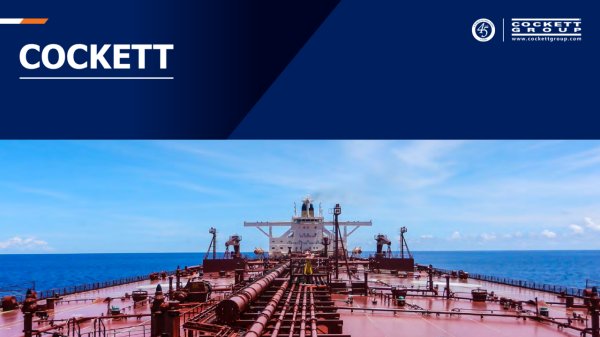
|
Cockett to be closed down after 45 years
End of an era as shareholders make decision based on 'non-core nature' of Cockett's business. |
|
|
|
||
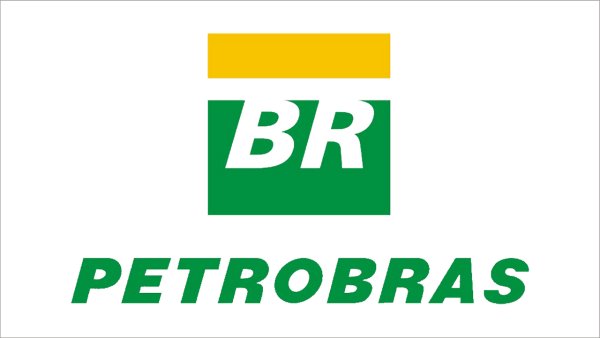
|
Petrobras confirms prompt availability of VLS B24 at Rio Grande
Lead time for barge deliveries currently five days. |
|
|
|
||

|
IMO approves pricing mechanism based on GHG intensity thresholds
Charges to be levied on ships that do not meet yearly GHG fuel intensity reduction targets. |
|
|
|
||
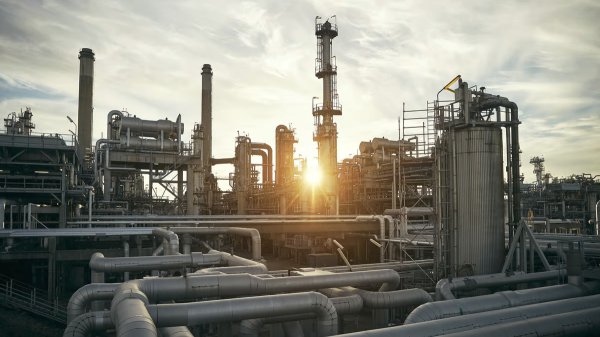
|
VARO Energy expands renewable portfolio with Preem acquisition
All-cash transaction expected to complete in the latter half of 2025. |
|
|
|
||
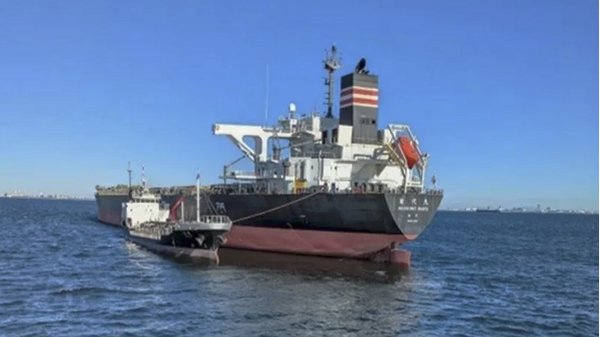
|
NYK trials biofuel in milestone coal carrier test
Vessel is used to test biofuel for domestic utility company. |
|
|
|
||
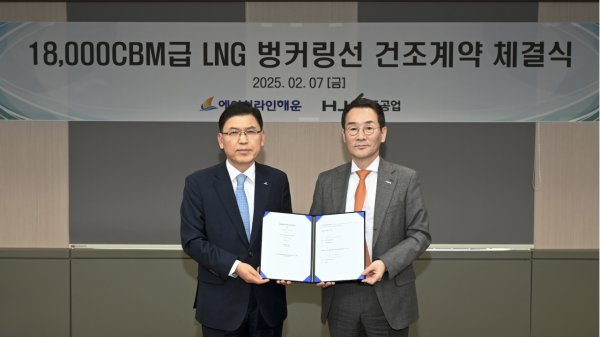
|
H-Line Shipping orders LNG bunkering vessel
Vessel with 18,000-cbm capacity to run on both LNG and MDO. |
|
|
|
||

|
How to engineer and manage green shipping fuels | Stanley George, VPS
Effective management strategies and insights for evolving fuel use. |
|
|
|
||

|
Swedish government bans scrubber wastewater discharges
Discharges from open-loop scrubbers to be prohibited in Swedish waters from July 2025. |
|
|
|
||
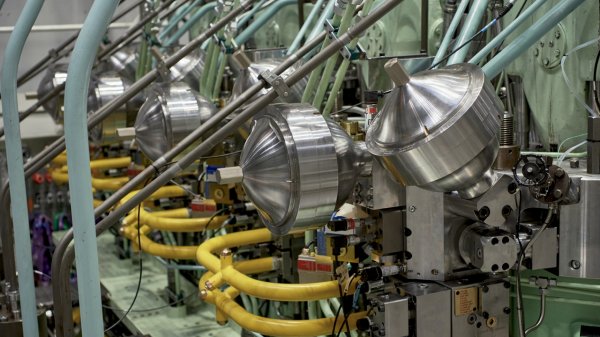
|
MAN Energy Solutions achieves 100% load milestone for ammonia engine
Latest tests validate fuel injection system throughout the entire load curve. |
|
|
|
||
Related Links
- · Fire at Gazprom Neft refinery is extinguished [Insights]
- · Dan-Bunkering appoints trader in Russia [Insights]
- · Russian fuel oil exports drop by 71.2 percent [Insights]
- · Russian export tax on oil hits record [Insights]
- · Russia [Directory]
- · St Petersburg [Directory]

